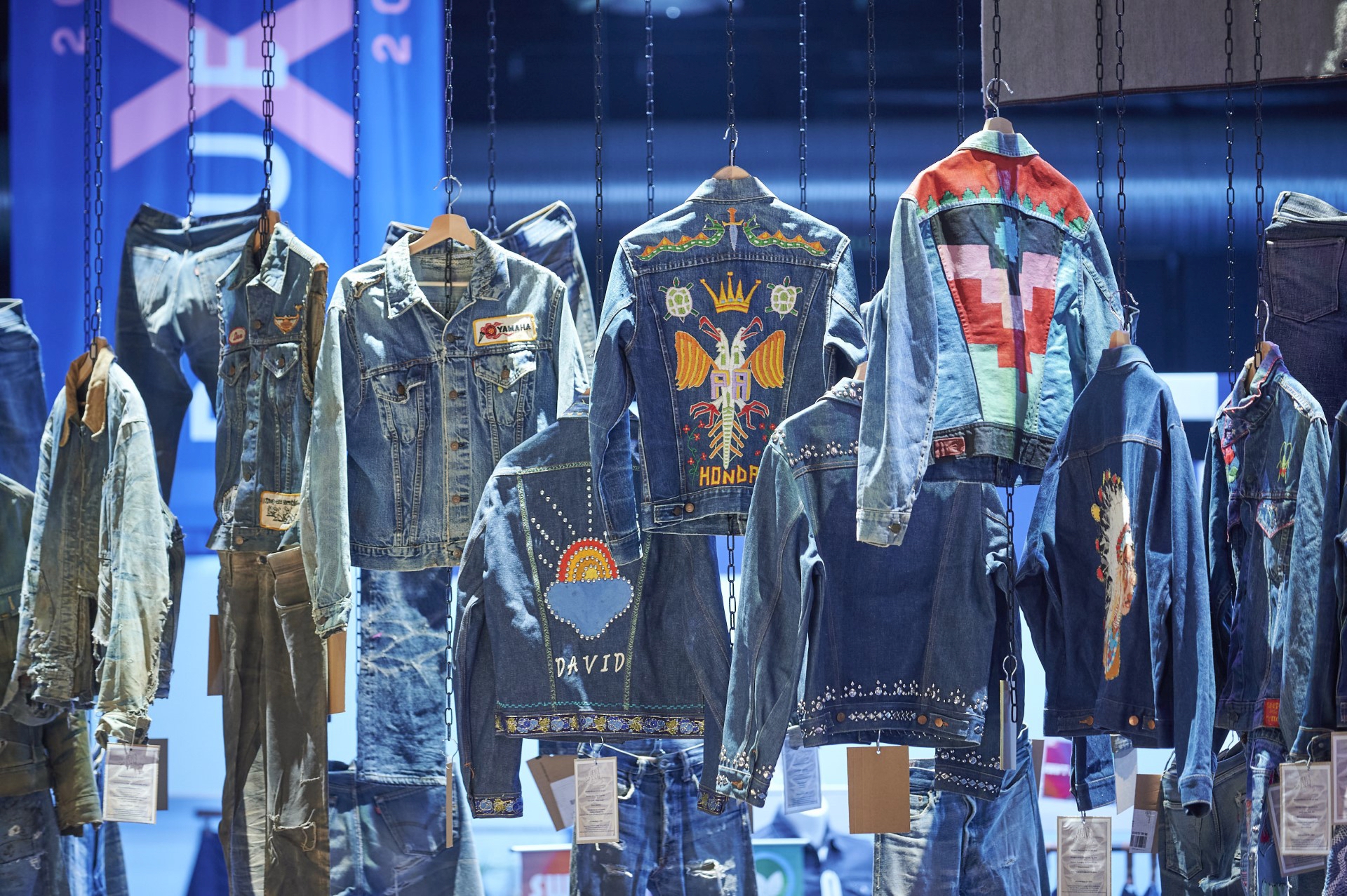The fabric called denim – weaving
Last week, in ‘The Fabric Called Denim’ series, we looked at the indigo dyeing process of the yarns. In the end, those white colored threads became blue. Before the dyeing stage, we looked into the natural fiber cotton and the ginning and spinning process. Today we have arrived at the stage where the yarns will be interlaced into a fabric, better known as ‘weaving’.
Warp & Weft
Before we examine the actual process of weaving, we first have to lay out a few terms that are common subjects in conversations about denim that are easily to mix up. The yarns, woven in a previous stage, are now called the warp and the weft.
The warp threads are the ones that are vertically stretched on the shuttle loom and carried over and under the weft threads. These warp threads are subjected to more tension during the weaving process, meaning that they have to be stronger than weft yarns. The warp in a classic pair of jeans are the threads that are indigo dyed and the ones that are placed on the outside of the fabric.
On the other hand, the weft threads are horizontally stretched into the shuttle loom and threaded through the warp yarn during the weaving process. In comparison to the warp threads, the weft is subjected to less tension. In a classic pair of jeans the weft threads are whitish and on the inside of the fabric.

Photo courtesy of BBC
Weaving
The process of weaving the warp and weft threads into the actual selvedge denim fabric takes place on a shuttle loom. Back in the days, the shuttle loom was widely used, but nowadays it has often been replaced by modern weaving machines. However, selvedge denim is still woven on shuttle looms to create an authentic and high-quality fabric.
The warp threads are vertically stretched in the loom, while the weft threads are set horizontally in the shuttle. They are interlaced at a 90° angle and are therefore strong and durable.
The shuttle carries the weft back and forth and threads the weft through the warp yarn. The shuttle carries the weft back and forth and is capable of finishing up the edges of the fabric on its own without unraveling. The term ‘selvedge’ is actually based on these finished edges. The edge of the fabric is usually finished with a different color thread. In the beginning, the colored threads were introduced to identify the mill or the brand, but nowadays it is mainly done for aesthetic reasons.

Photo courtesy of Pike Brothers
Characteristics
As we mentioned before, shuttle looms have often been replaced by much quicker, and thus cost-saving, weaving machines. However, despite the developments over the years, modern weaving machines cannot create the authentic selvedge denim that is woven on a vintage shuttle loom.
Selvedge denim woven on a shuttle loom contains imperfections and inconsistencies, and these imperfections give the fabric a unique texture and character. Also, the fabric will have a tighter and denser weave compared to denim woven on a modern weaving machine, and is therefore much sturdier.
The composition of the yarns when they are set in the shuttle loom, have a large impact on the pattern and feel of the fabric, and, of course, the way it will eventually fade. Although, there are many different compositions possible, the most common patterns for denim fabric are, right-hand twill, left-hand twill, and broken twill. Next week, we will have a closer look at those twills and the differences between them.
 Share
Share
 Tweet
Tweet



